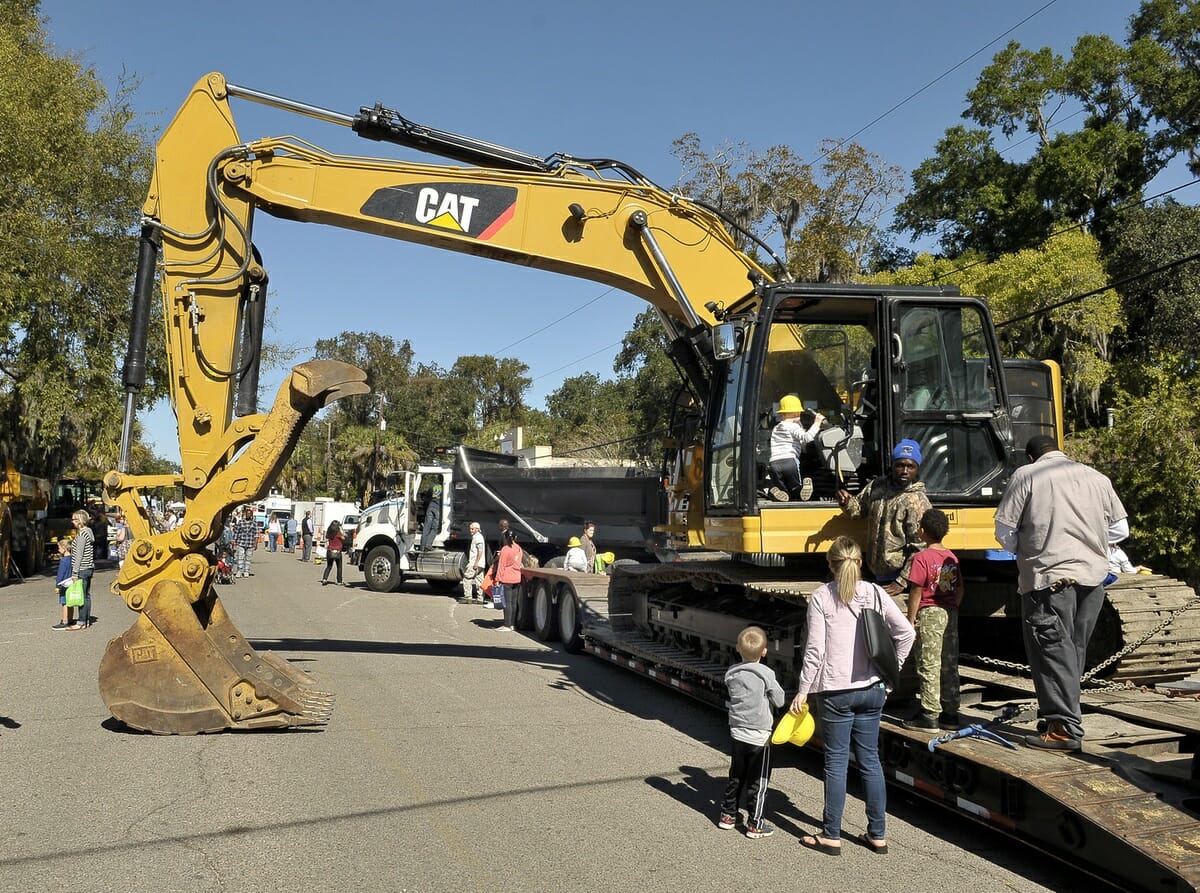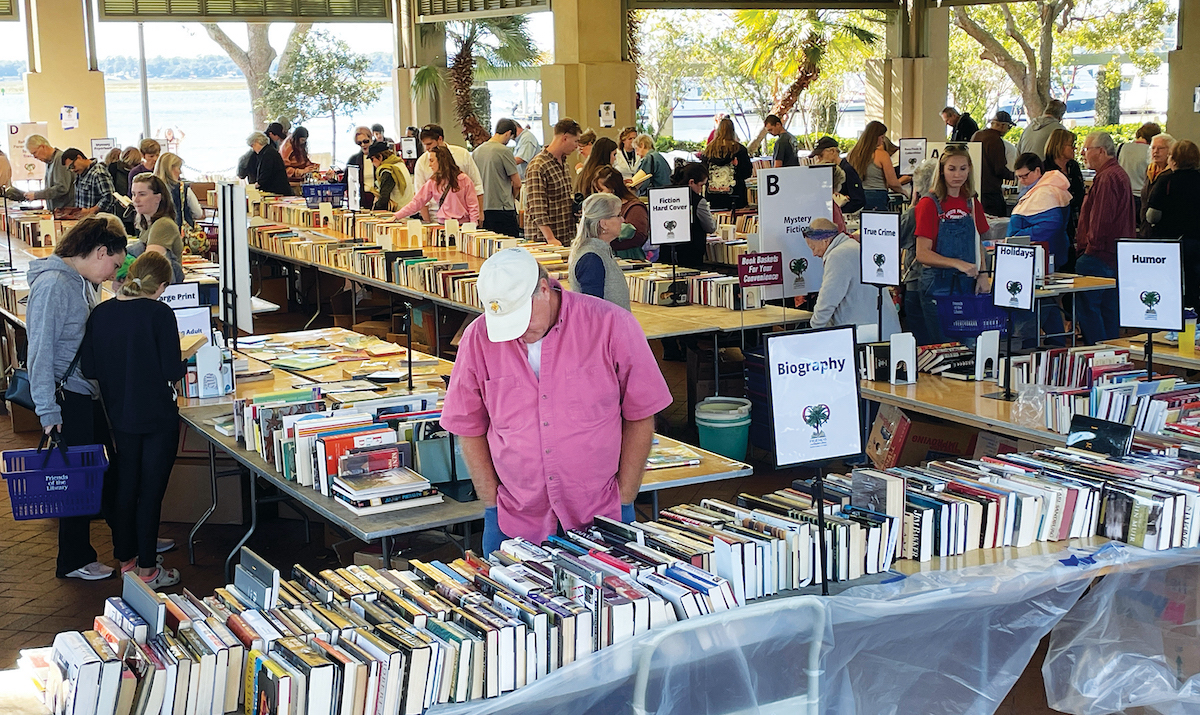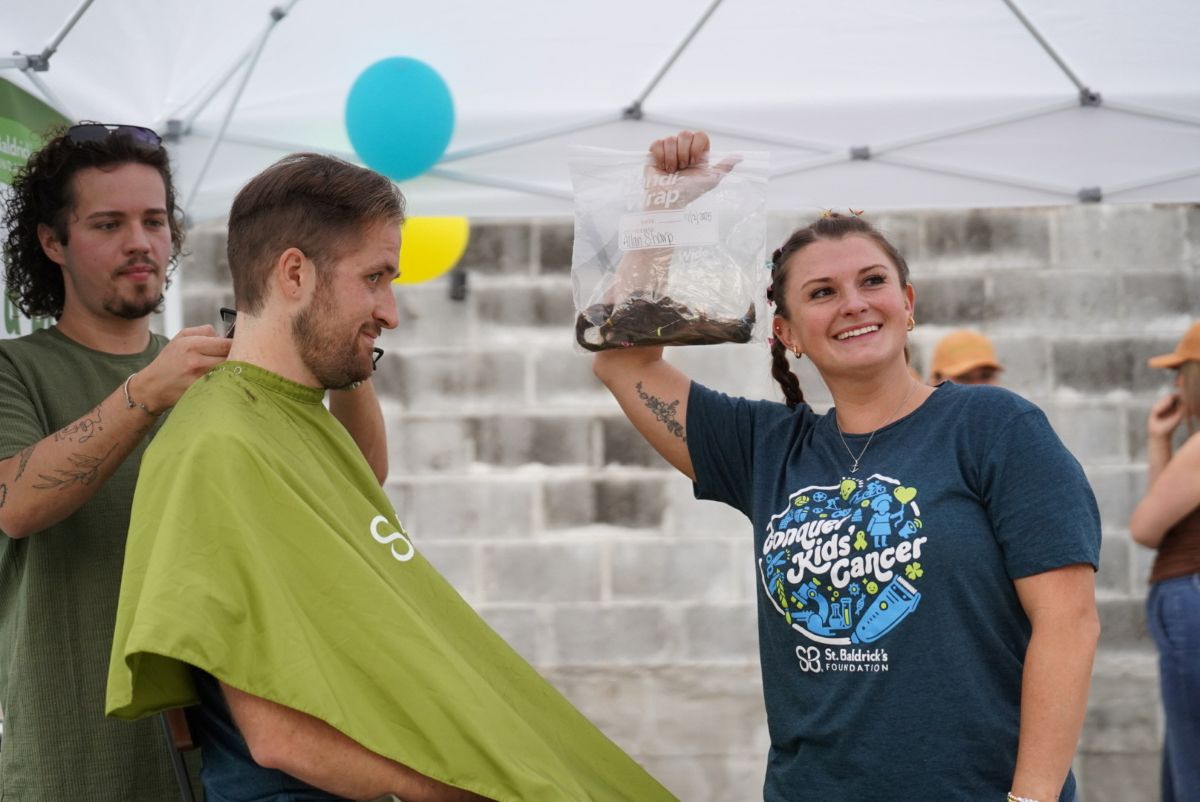South Carolina, the colony that witnessed more Revolutionary War skirmishes than any other, and the state where the first shots of the Civil War were fired, is renowned for its military might. African Americans in South Carolina were involved in every conflict, serving with distinction from the 17th century to the 21st, and from the Lowcountry to the Upstate.
For Veteran’s Day, the South Carolina African American Heritage Commission (SCAAHC) recommends visiting sites in the Palmetto State that document this patriotism to help people discover under-told stories of military service. Each site can be found in the Green Book of South Carolina, an online travel guide developed by the SCAAHC to more than 300 cultural sites associated with African American history and heritage. While on the website, search for “military” to find these and other places that interpret African Americans’ role in the defense of the country.
Many sites are markers, require visits by appointment only or are best interpreted with guides. Plan accordingly before finalizing itineraries.
Here are some of the important sites you can check out around Beaufort:
· First African Baptist Church, 601 New Street, Beaufort, 29902 (By appointment only)
The most prominent member of this historic church in downtown Beaufort was Robert Smalls – former slave, Civil War hero, state legislator and U.S. Congressman. During the Civil War, when Federal forces occupied Beaufort, the church hosted a school for Freedmen. First African Baptist was founded in 1865. It grew out of an antebellum praise house for black members of the Baptist Church of Beaufort. Rev. Arthur Waddell (1821-1895) organized the church with two fellow black ministers.
· Grand Army of the Republic Hall, 706 Newcastle Street, Beaufort, 29902 (By appointment only)
Although Beaufort’s black military companies remained active after the Civil War, statewide the “Negro militia” rapidly declined during the 19th century. By 1903, the only units left were two companies in Beaufort. Many black Union veterans lived in the community, and after the war they formed the David Hunter Post #9 of the Grand Army of the Republic, an organization for veterans of the Union Army. Built in 1896, this meeting hall for the post is believed to be the only surviving building in South Carolina associated with the Grand Army of the Republic. It is included in the Beaufort Historic District.
· Combahee River Raid, Steel Bridge Landing, U.S. 17 North, over the Combahee River, near Gardens Corner (Historic marker)
On June 1-2, 1863, a Federal force consisting of elements of the 2nd S.C. Volunteer Infantry (an African American unit) and the 3rd Rhode Island Artillery conducted a raid up the Confederate-held Combahee River. Col. James Montgomery led the expedition. Harriet Tubman, already famous for her work with the Underground Railroad, accompanied Montgomery on the raid. Union gunboats landed 300 soldiers along the river and one force came ashore here at Combahee Ferry. More than 700 enslaved men, women, and children were taken to freedom in perhaps the largest emancipation event in wartime S.C. Some Freedmen soon enlisted in the U.S. Army.







